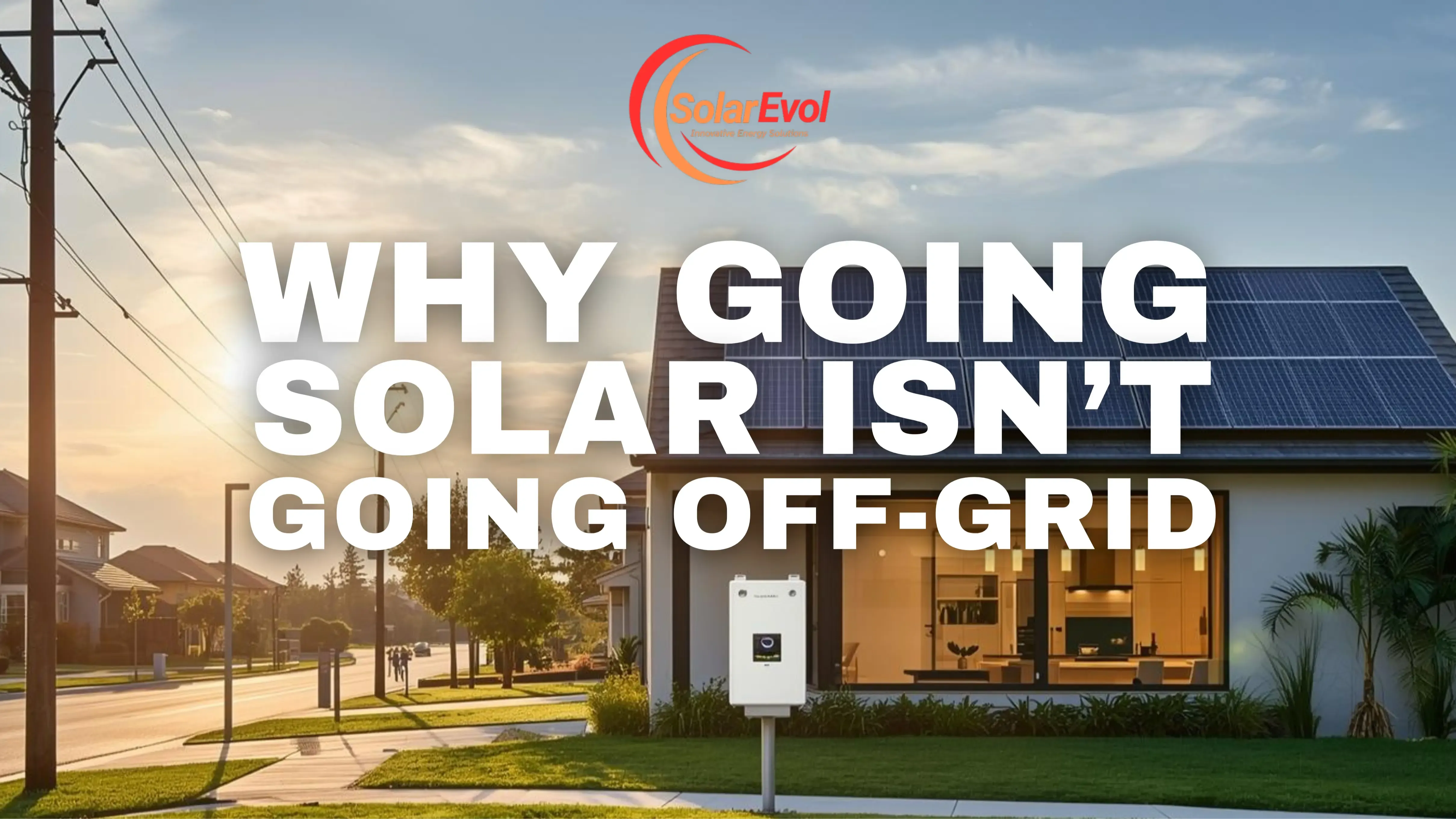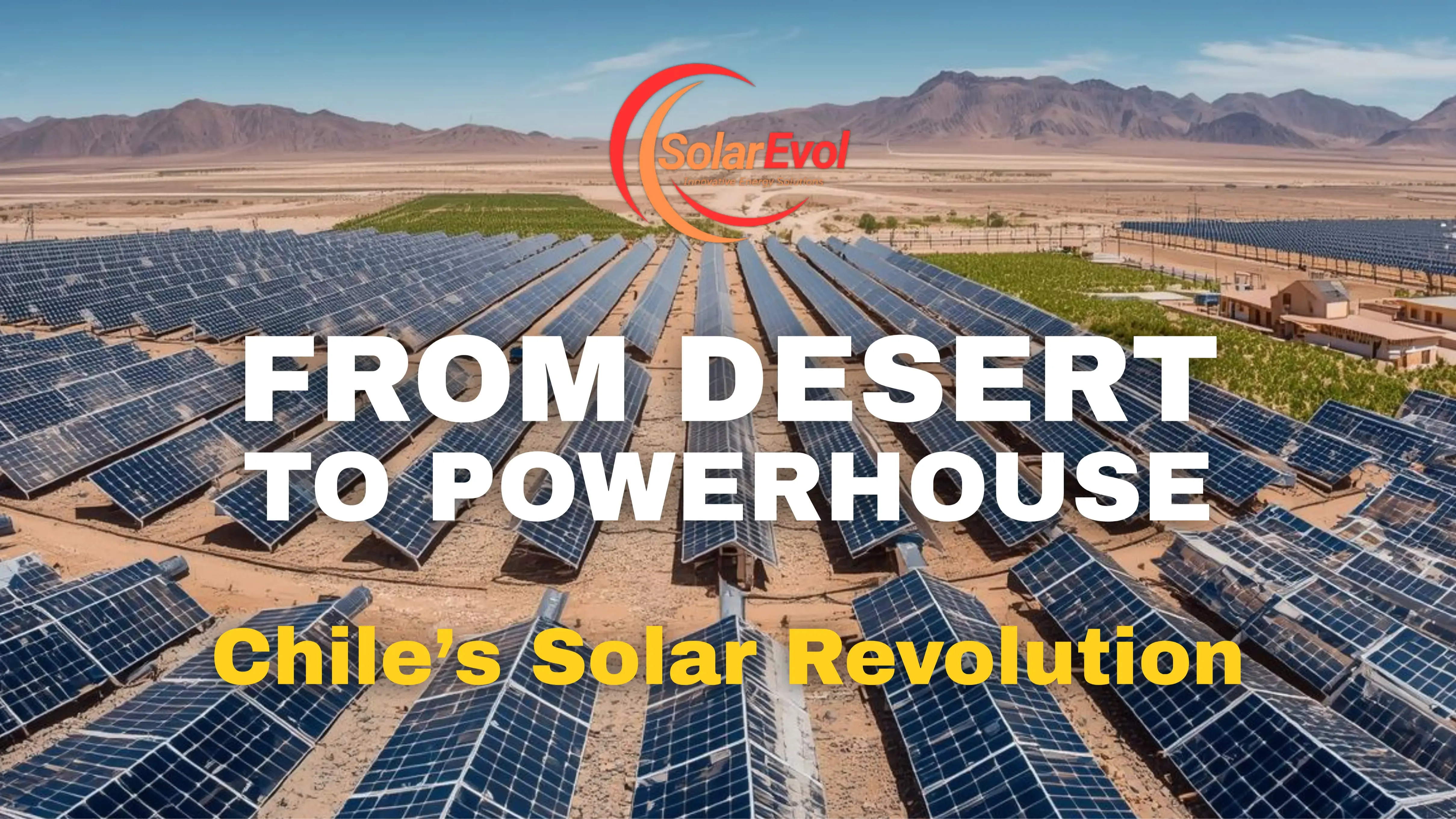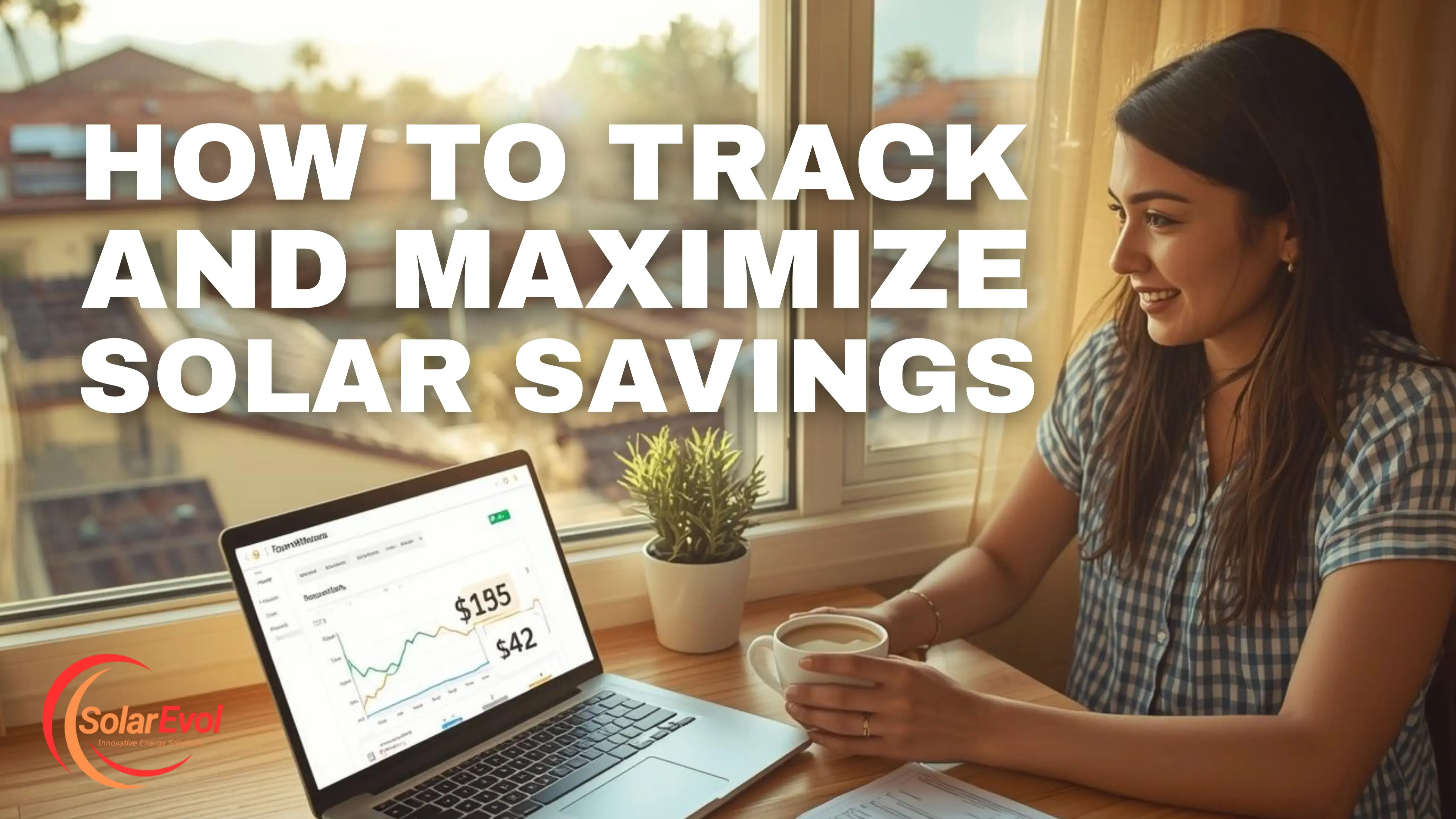
Solar Panel Degradation—Know Before You Buy
Jun 30, 2025Monday, June 30, 2025
In the suburbs of Calgary, the spring thaw had begun.
Patches of white clung stubbornly to the edge of Zahra Noor’s rooftop, dripping slowly under the early April sun. Her solar array—installed almost two years earlier—should’ve been hitting its stride.
But something didn’t add up.
Zahra stood at the window, tablet in hand, refreshing her monitoring app for the third time that morning. The numbers were low. Not catastrophic—just... off.
Last year, her March output was higher. This year, with almost identical weather conditions, the system was down 6%. Her installer told her it was "within normal range.” But Zahra was an engineer by training, and she knew what that phrase really meant.
“It’s degrading,” she whispered.
And suddenly, she realized: nobody told her this would happen so fast.
🧭 Zahra: Analyst, Mom, and No Stranger to Contracts
Zahra hadn’t rushed into solar. She’d done what people called “her homework.” She compared bids, ran simulations, even pushed back on high-pressure sales tactics.
Her motivation was simple: energy independence, cleaner living, and some long-overdue savings in a province where winter can stretch eight months and energy bills climb like the Rockies.
What she didn’t expect was that her brand-new solar system would quietly decline—every single year—and no one had fully explained how, or what that meant long term.
Because what Zahra was experiencing wasn’t a malfunction.
It was solar panel degradation.
Built-in. Industry-standard. And barely mentioned in most homeowners’ guides.
⚠️ The Hidden Curve Every Buyer Should See
Here’s the truth Zahra uncovered, buried deep in manufacturer spec sheets:
Every solar panel, no matter how shiny or expensive, starts losing efficiency the moment it's installed. This is known as the degradation rate—and while it’s totally normal, it has very real financial implications.
Most standard panels degrade at about 0.5–0.8% per year. That might sound small, but here’s the kicker:
- After 10 years, you could lose 7–10% of your power output
- After 20 years, it could be up to 20% less efficient
- Some cheaper panels drop faster, especially in harsh climates with big temperature swings (hello, Alberta)
And yet? Most quotes are based on year-one output—without modeling how that curve plays out over time.
🕵️ Zahra Gets Technical (and Strategic)
Zahra went back through her proposal. Buried in the fine print was a line that said her system would "perform at no less than 80% capacity after 25 years."
At first, that sounded reassuring.
But then she noticed: the warranty didn’t promise consistent performance. It promised declining performance—within “acceptable” limits. In legal terms, the company was covered.
So Zahra did what most homeowners never think to do:
She asked for the full degradation curve from three different panel manufacturers.
That’s when she saw the difference.
Two brands dipped sharply in the first 5 years, then flattened out. One, the more premium panel she’d declined originally, showed a gradual, controlled curve with degradation below 0.3% annually.
That’s thousands of kilowatt-hours of difference over the system’s lifetime.
🧠 Insider Knowledge Zahra Wishes She’d Had Sooner
Here’s what Zahra now tells every neighbor who asks her about going solar:
- Degradation isn’t a defect—it’s baked in. Every panel loses efficiency, but not all degrade equally. Ask for third-party verified data, not just manufacturer claims.
- The performance warranty is not your friend. It protects the company—not your savings. Focus on degradation rates, not just the end-year promise.
- Real-world climate matters. Panels tested in mild, sunny labs can behave differently in snowy, icy, high-UV zones like Canada’s prairies.
- Model your future—not just your present. Use tools that simulate degradation across 10, 20, and 25 years based on your exact usage, not cookie-cutter assumptions.
🔄 The Transformation: From Buyer to Advocate
Zahra didn’t uninstall her system. She adjusted her expectations—and her financial planning.
She tweaked her battery usage to account for winter loss. She restructured her ROI model. And she wrote to her local MP, pushing for provincial guidelines requiring solar contracts to include clear degradation modeling for all residential systems.
She also joined a small but growing network of Canadian women in energy, helping first-time solar buyers read contracts and ask better questions before signing.
Now, she’s the person installers don’t love seeing in the Q&A section.
And the one her neighbors text when they get their first quote.
“Solar works,” Zahra says. “But it’s not magic. You need to understand the math behind the sun.”
💡 The Panels Don’t Lie—But the Silence Around Them Might
Here’s what every Canadian homeowner should ask before they go solar:
- What is the annual degradation rate, and is it verified by a third-party (not just the manufacturer)?
- Can I see the full degradation curve, year by year?
- How does degradation affect my system's value—and my savings—over time?
- What does the performance warranty actually guarantee, and who decides when it's “underperforming”?
Don’t just ask what your panels will do in year one.
Ask what they’ll do in year 15, when your kids are grown, your car is electric, and the climate’s even less predictable.
Because buying solar is about the long game.
And in the long game, the degradation curve is your blueprint.
Stay connected with news and updates!
Join our mailing list to receive the latest news and updates from our team.
Don't worry, your information will not be shared.
We hate SPAM. We will never sell your information, for any reason.












